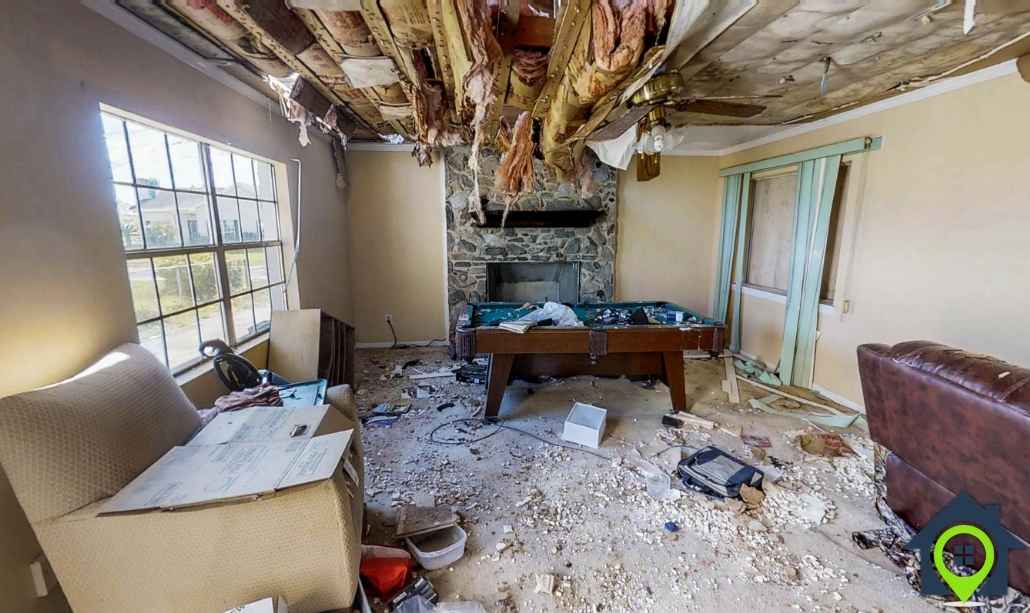Managing rental properties comes with its share of maintenance and repair issues, one of which might include damage to wallpaper. Wallpaper damage can range from peeling and bubbling to tears and stains, and each type of damage may require a different approach. Here’s a comprehensive guide on how to handle wallpaper damage in rental properties, ensuring that both landlords and tenants can find effective solutions to maintain the property’s aesthetic value and integrity.
Assessing the Damage
The first step in addressing wallpaper damage is to assess the extent and type of damage. This assessment will determine the most appropriate repair method. Small tears or punctures can often be fixed easily, while larger areas of damage might require more extensive repairs. It is important for landlords to inspect the damage promptly to prevent it from worsening.
Types of Wallpaper Damage and Repair Solutions
- Peeling or Bubbling: This type of damage is often caused by excessive moisture or poor application. To repair peeling or bubbling wallpaper, reapply adhesive to the affected areas. If moisture is the cause, it’s crucial to address any underlying issues such as leaks or high humidity before reattaching or replacing the wallpaper.
- Tears and Cuts: For minor tears, wallpaper adhesive can be used to glue the torn pieces back together. If the tear is more significant, a patch of the same wallpaper can be used to cover the tear, ensuring that the patterns align for a seamless finish.
- Stains: Cleaning stains on wallpaper should be approached cautiously. Always test cleaning solutions on a small, inconspicuous area first. Depending on the wallpaper material, gentle cleaning agents such as soapy water can be effective. For more stubborn stains, specialty wallpaper cleaners may be required.
Preventative Measures for Wallpaper Maintenance
Maintaining wallpaper in good condition is crucial in a rental setting. Landlords should consider using high-quality, durable wallpaper in areas prone to wear and tear. Additionally, providing tenants with guidelines on how to care for wallpaper can prevent damage and maintain the property’s appearance.
- Choosing the Right Wallpaper: Opt for scrubbable or washable wallpapers in high-traffic areas. These types of wallpapers are more resistant to moisture and can be cleaned more vigorously if necessary.
- Tenant Guidelines: Inform tenants about the appropriate methods for cleaning wallpaper and the types of adhesives or repairs they can perform. Establishing clear rules about decorating, such as using removable hooks instead of nails, can also prevent damage.
Dealing with Disputes Over Wallpaper Damage
Wallpaper damage can sometimes lead to disputes between landlords and tenants, particularly regarding who is responsible for the damage and who should bear the cost of repair. It is advisable for landlords to have a clear clause in the rental agreement that outlines the responsibilities of each party. Regular inspections and documentation of the property’s condition at move-in and move-out can provide clear evidence in case of disputes.
When to Replace Wallpaper
Sometimes, repairing damaged wallpaper is not feasible, and replacement becomes necessary. When replacing wallpaper, consider the current trends and choose styles that are neutral and appealing to a wide range of prospective tenants. This investment not only addresses the damage but can also enhance the property’s rental appeal.
Conclusion
Effective management of wallpaper damage in rental properties requires a proactive approach, from selecting the right materials to providing clear guidelines to tenants. By addressing issues promptly and employing the right repair techniques, landlords can maintain their property’s value and appeal.







Join The Discussion